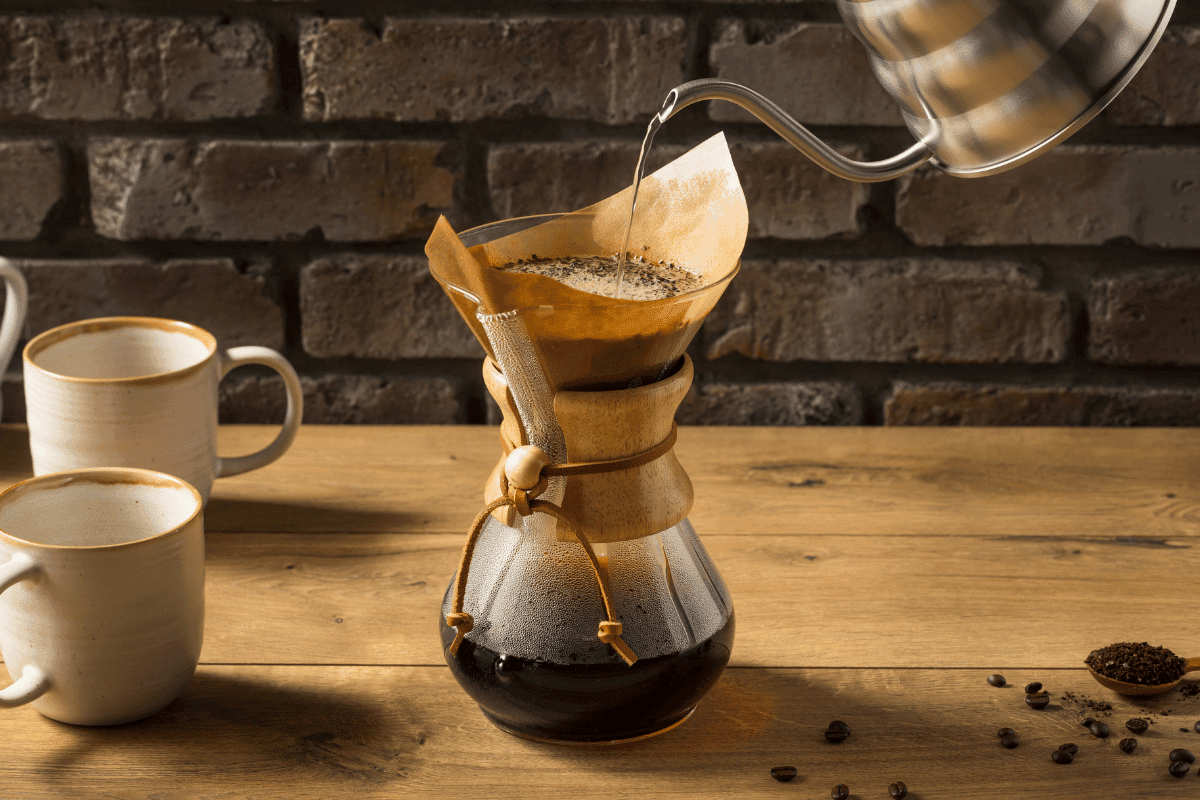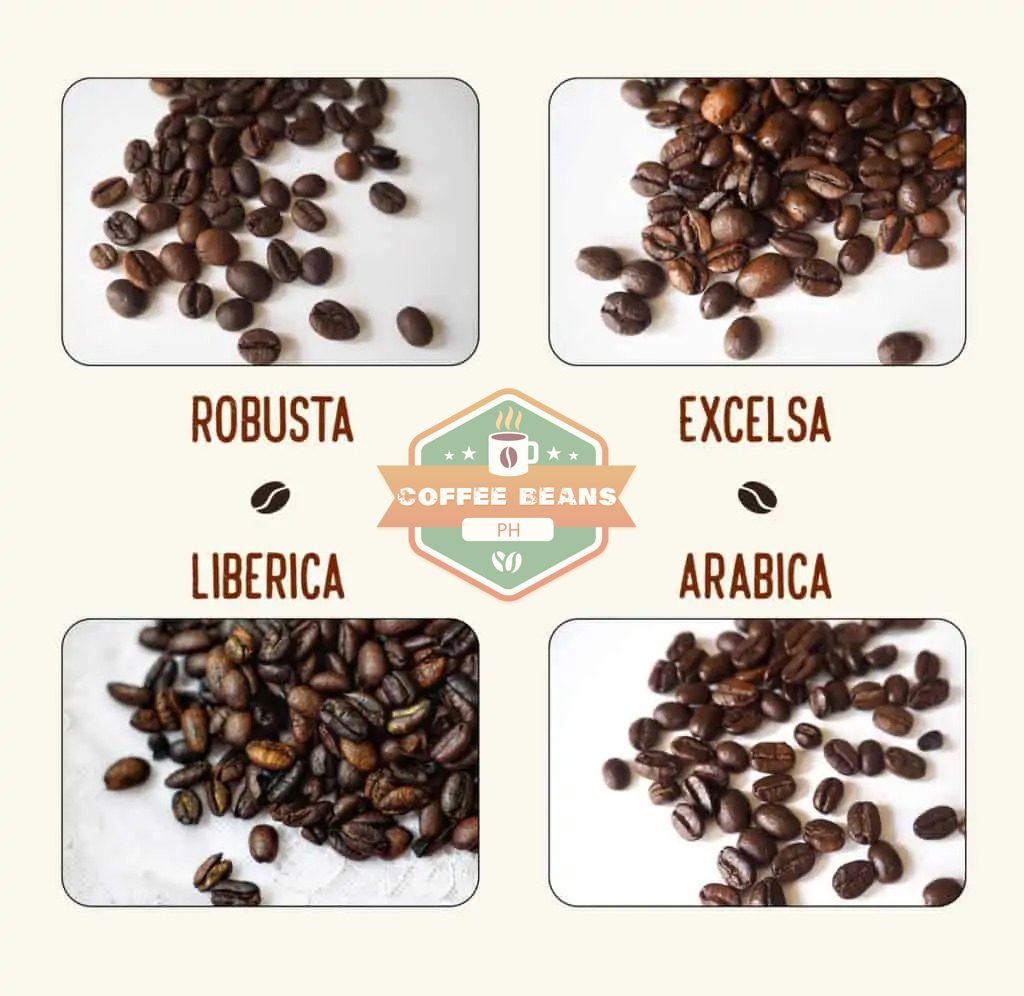
Did you know that the Philippines joins a very limited group of coffee producers who grow all four types of coffee species, Arabica, Liberica, Robusta, and Excelsa? As we mentioned in another blog post, the Philippines has an illustrious history as a major coffee producer and exporter of Liberica beans to Europe and America. Its coffee fortunes changed at the turn of the 20th century, and coffee production in the Philippines shifted in the middle of the 20th century toward Robusta, which, to this day, is sold and used primarily to make instant coffee.
The Philippines’ coffee industry has an exciting journey ahead. Many of the country’s coffee-producing areas in Luzon and Mindanao, as well as increasing coffee production areas in parts of the Visayas, are now looking forward to producing as much as four times the amount of coffee grown in the country today and focus on the promotion of high-value Arabica, single origin Robusta, and Liberica—and creating premium blends of all three.
Are you curious to know more about how Philippine coffee is produced? Let’s tell you more about it.
Where Philippine coffee is grown
Many of the Philippines’ coffee farmers have plots of 1 to 2 hectares each. Not all of this land is dedicated to coffee; it’s usually intercropped with other fruits and vegetables, such as mango, jackfruit, coconut, and forest trees.
In Luzon, the most significant amount of agricultural land dedicated to coffee planting can be found in Cavite and Batangas, where large amounts of Robusta and Excelsa are grown; the Cordilleras, in north Luzon, is where award-winning Arabica beans from Sagada, Benguet, and Kalinga can be found.
The bulk of Philippine coffee production, however, occurs in various parts of Mindanao, including SOCCKSARGEN, where delicious Sulu Robusta and Arabica come from; northern Mindanao, especially around Bukidnon in Cagayan de Oro province; and finally, in Davao region, where the country’s highest peaks are located. Mt. Apo’s rich volcanic soil produces some of the finest Arabica from the Davao area.
Harvesting and Processing
Coffee tree harvest usually occurs once a year, during the dry season, and the coffee berry – or coffee cherry, as it is called – is bright red and fully ripe. It must be removed from its skin (also known as its “parchment”) and processed in the dry or wet method.
The traditional dry (or “unwashed”) method is to lay out the harvested beans onto mats and leave them out to dry for about 2-3 weeks, moving them around to prevent rotting and bring down the internal moisture of the beans to about 11 percent.
The wet method (or “washing” method) involves harvesting the beans, parchment still on, sorting coffee berries by weight and then passing them through fermentation tanks filled with water to remove any mucilage, or sticky secretion, from the parchment for about 1-2 days. The fermented beans are brought to another area to be dried in the sun or tumble-drying machines. When the beans reach the ideal moisture content of 11 percent, they are milled to remove the parchment covering around the coffee.
Grading, Sorting and Selling the Beans
Coffee beans at this stage are still green in color. Milled green coffee beans are now sorted for size and weight and manually or machine inspected for quality – a task that cannot be a shortcut.
There’s a scale for bean sizes that ranges from 10 to 20; similar beans are put together. Beans that are too small, damaged, and poorly hulled, milled, or over-fermented are discarded. Good green coffee beans that have passed quality inspections are then placed into 60-kg jute, or sisal fiber bags made explicitly for coffee storage and transport. Green coffee beans are sold to wholesalers or large retail buyers, who employ cuppers to roast and taste various batches of coffee beans in a process called “cupping.”
The roasting process itself has three main phases: a drying stage that reduces internal moisture further; a browning stage, where a Maillard reaction occurs, and the beans begin to pop; and finally, the roasting stage, when the beans will crack and develop a final rich roasted flavor. Beans can be burned to achieve light, medium, or dark roast and are roasted anywhere between 180-205°C (355-400°F).
Testing (and Tasting) the Coffee
Coffee sellers and distributors vary. Some want to receive coffee beans that have already been roasted off-site. But an increasing number of artisan coffee shops wish to receive green beans and roast them themselves – sometimes right in the coffee shop where you will order your coffee. Some Third wave coffee shops organize “cupping” sessions around fresh deliveries. If you’re ever invited to a cupping session, try to go and enjoy the experience!
Whenever you order your coffee, don’t be afraid to ask your seller about their latest batch of coffee and the kind of roast they’ve chosen. Classic coffee lovers enjoy dark roasts, but more coffee drinkers are now trying light or medium roasts to learn more and appreciate the quality of the bean that went into their cups.





